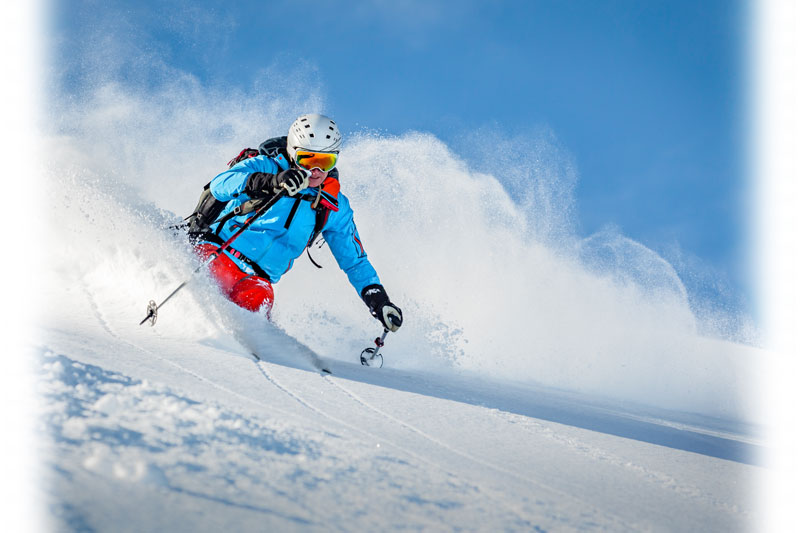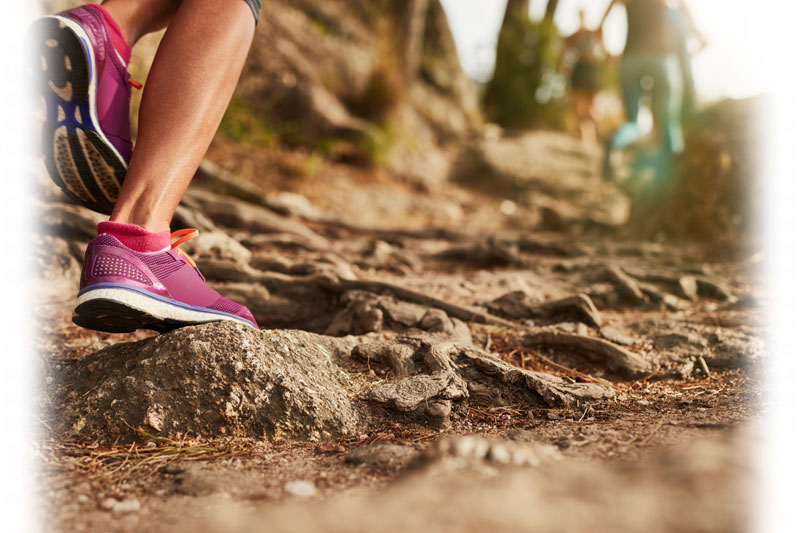Case Study
RESICETS Project (Aree Protette dell’Ossola) – Building environmental resilience through ECST
Contact name
Daniele Piazza - Park Director
Institution name
Aree protette dell’Ossola
Region & country
Varzo (VB), Italy
Summary
RESICETS is a 3-year-project that analyse different sport disciplines, making the difference between summer and winter season: hiking (summer) ski, backcountry ski and snowshoes (winter). This project provides the general guidelines for minimising the impact of outdoor activities in the local fauna and environment in general. It also achieves to involve all the stakeholders, from tour operators, businesses or mountain guides associations, using the format and basis of the ECST – European Charter of Sustainable Tourism in order to make them spread the content and really take care of the offer the park provides to the visitors, presenting it as an added value.




Background of the project
Addressing at local level the impacts of recreational activities on habitats and species in Protected Areas is an important and difficult task: to manage it requires an integrated strategy taking into account the participation of all stakeholders involved in the local tourism chain (including users) and an open and constructive overview. Adequate information for tourists is therefore needed, as well as training courses for local operators and adequate management tools for protected areas. CIPRA Italia is working alongside the Ossola Protected Areas Management Authority on the RESICETS project – Environmental resilience of recreational activities in the protected areas of the Ossola, through the European Charter for Sustainable Tourism.
This is an articulated initiative that involves different actors of the local tourism chain in a path of information, awareness and also economic and territorial development: the European Charter for Sustainable Tourism – ECST, through its PHASE II promotes in fact the certification of those tour operators (guides, escorts, accommodation activities) who commit themselves alongside the Park Authority for the management and reduction of the impacts of recreational and tourism activities. An ambitious and innovative initiative, among the first ones activated in this field on the national territory.
The park started collecting data and monitoring in 2004/2006 with a Life Project. They did the first monitoring but then no further actions, no managing. It’s in 2013 when, in application of the ECST – European Charter for Sustainable Tourism , they decided to take first steps. It’s 5 years later in 2018 after achieving a certain level of collaboration between all the stakeholders involved in the parks development, when they decided to launch the project RESICETS together with the fundation CARIPLO.
Solution and actions taken
What solution you found to cover those needs?
According to this agreement between the environment and sports activities, the solution lies in the ability to motivate all the actors involved in the life of the park, in order to transmit this message, these environmentally friendly guidelines, without reducing the range of activities.
The actors would range from users to mountain guides or equipment rental shops.
Te project identifies 4 objectives:
- To increase the awareness and the participation of local actors in the problem, also through a perspective of economic development of their commitment.
- Propose alternative, shared and attractive solutions.
- To increase the awareness of the users through positive messages and to induce voluntary and conscious changes.
- Improve the effectiveness of nature planning, with the identification of vulnerable areas and appropriate mitigation/regulation measures.
What actions did you take to reach the solution?
1) Preparation, monitoring of the use and collection of examples and good practices in the Alpine area. In this phase a first monitoring of the fruition in the Park areas is carried out (through the administration of spontaneous and guided questionnaires), in order to collect visions, approaches and suggestions.
2) Involvement of stakeholders through the activity of the European Charter for Sustainable Tourism – CETS, and the certification of operators who are committed to achieving the objectives of the RESICETS project, through Phase II of the Charter. Training, information and sharing are the cornerstones of this action, which aims to actively involve the different actors directly involved in the local tourism chain: hoteliers and accommodation facilities, guides and monitors, associations for the promotion of the territory, public bodies…
3) Design, implementation and promotion of “0-impact” trails. With this action are identified some paths to be proposed to users of Protected Areas, specifically dedicated to the theme of the impacts of recreational activities on natural resources.
4) Communication and information for the general public, tourists and visitors to the Ossola Protected Areas. Through the website, social networks, paper and digital products created ad hoc, also thanks to the results and indications provided by users in Action 1.
5) Planning and regulation. With particular reference to the drafting of the Management Plan of the Special Conservation Area – SAC and Special Protection Area – SPA IT 11400016 “Alpi Veglia e Devero – Monte Giove”. The area is part of the vast European ecological network Natura 2000 and, among the critical issues to be resolved, the issue of the impacts of recreational activities on the present fauna has also been highlighted.
6) Project management, monitoring and final evaluation. This action will try, at the end of the three-year duration of the project, to collect the first data related to the impact and effectiveness of the strategy implemented.
Other institutions or parties involved
- CIPRA Italia – Vivere Nelle Alpi
- Aree Protette Dell’Ossola
- Fondazione CARIPLO
- CAI – Club Alpino Italiano
- ALPARC: Rete delle Aree Protette Alpine – Be Part of the Mountain – This is a shared communication campaign to raise awareness among hikers and outdoor enthusiasts of the problem of the impact of use on the natural resources of protected areas in the Alps, and to give greater visibility to local initiatives launched in individual territories. Be Part of the Mountain is an international cooperation project that aims to bring together protected areas, environmental NGOs, public bodies, Alpine clubs and testimonials throughout the Alps. The main objective is to trigger virtuous behaviour among winter sports practitioners, through the exchange of good practices, the development of common tools for raising awareness and dissemination of information.
- EUROPARC Federation
- Others: hotels, tour operators, mountain guides schools, local business, private partnerships…
Results
To speak of results would be misguided, due to the incipient phase of the project, and according to the tempo of the project, the fruit of a forward-looking vision and not of an emergency, the results are analysed in a relaxed way and with an objective focused on maintaining acceptable levels of equilibrium, more or less in line with the objectives of the project.
In any case, the best result obtained with the implementation of the project is to have achieved the collaboration and involvement of so many actors: a collaboration that goes beyond the seminars organized annually by the park in relation to each of the sports disciplines and their development in the protected area, and transcends all the events organized by private actors, from mountain safety courses to sports competitions, where it is possible to devote time to raising awareness about the impact of activities and the common objective of natural conservation.
Challenges
- As a main challenge, in addition to the technical complications of elaborating a monitoring techniques sufficiently representative for the rest of the visitors, would be to bring the actors together and involve them in the same mission.
- Another challenge is to get local administrations involved, as they may be the parties most reluctant to accept the project, under the suspicion that the local economy may suffer.
- An outstanding challenge would also be the capacity to analyse tangible results, due to the intrinsic characteristics of the project and the field of study.
- An important feature to emphasize is the strategic basis of the project, which requires greater precision in the measures taken, and less effectiveness in the results analyzed. Instead of prohibiting access or sports practices, working hard towards their integration and respect for the environment.
- Finally, the final challenge would be to create efficient local communication tools, which can deliver the desired information to users.
Lessons learned
The lesson learned is that collaboration between stakeholders is much easier when a win-win situation arises for everyone, so that the park increases its natural conservation goal and operators can offer improved experience packages.
Contact name
Daniele Piazza - Park Director
Institution name
Aree protette dell’Ossola
Website(s)
